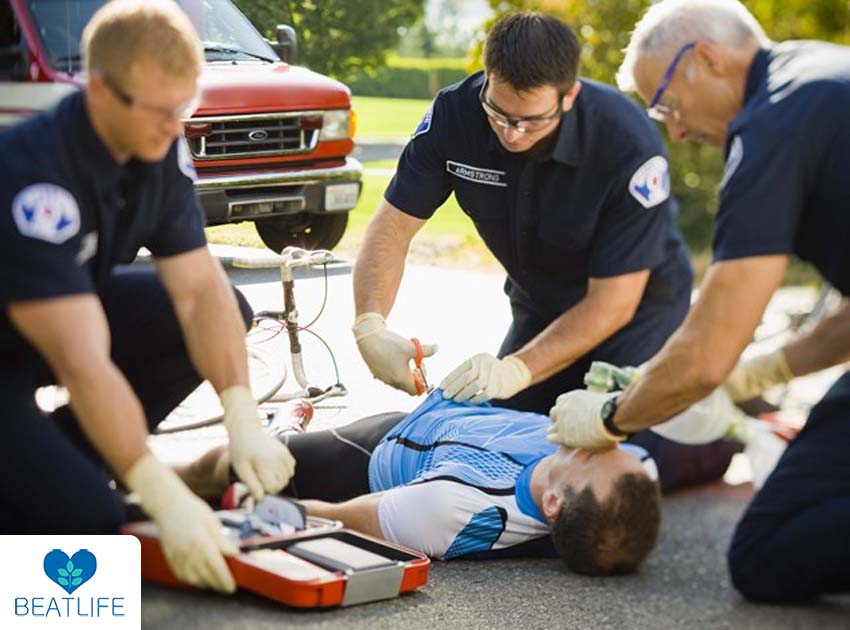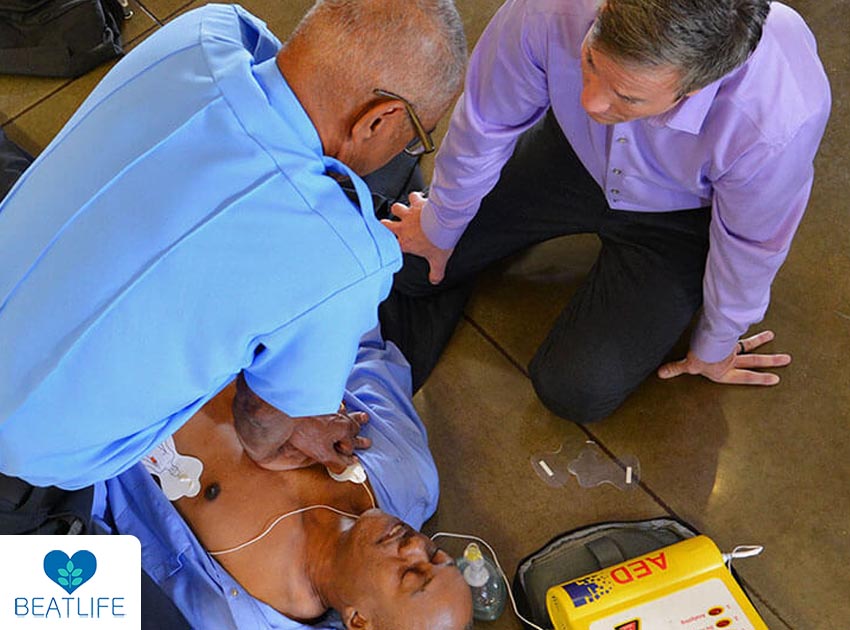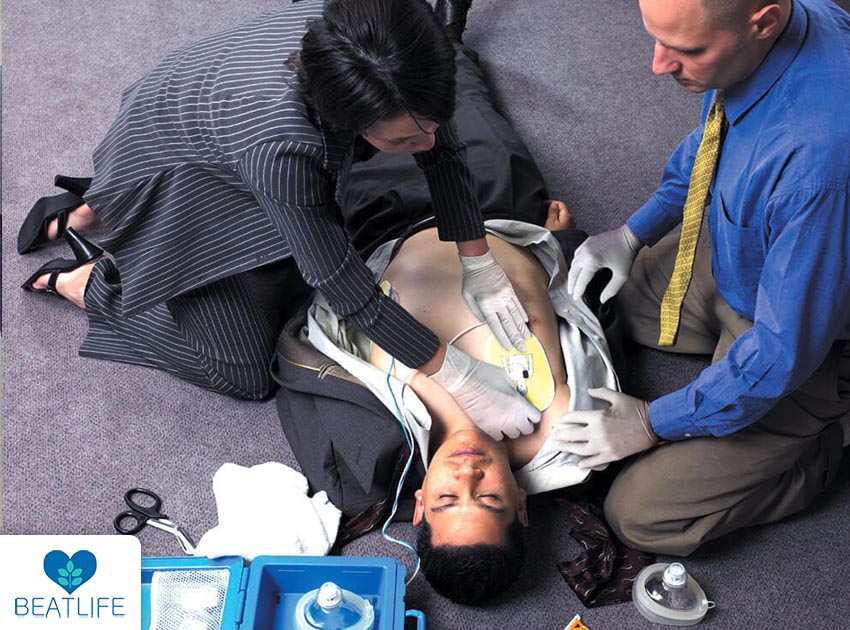How long CPR should be given is a topic that is still being researched, and this determination is crucial. The National Association of EMS Physicians advocated for at least 20 minutes of CPR before considering stopping resuscitation attempts in a statement they issued in 2000. However, as more time has gone by, further study has revealed fresh perspectives, showing that extended CPR may increase the likelihood of survival. This fundamental guideline gives us a place to start in our knowledge even though concrete protocols have not yet been fully established.
In this post, we’ll examine the most recent studies on the optimal CPR time and how it affects survival rates. The evolving nature of CPR standards is emphasized by this information, which also highlights the value of continual training in courses like CPR, BLS, and ACLS. Through these programs, we can adapt to the changing body of research that determines what CPR techniques are most successful in saving lives as well as learning how to use external devices that ease the process of CPR like AED or CPRmeter like the one we represent in the BEATLIFE company. So, if you are among those who wonder “how long CPR should be given,” read this article.

Contents
How long CPR should be given?
In the field of emergency medicine, the issue of how long CPR should be given is crucial. The length of Cardiopulmonary Resuscitation (CPR) depends on the victim’s age, underlying medical conditions, and reaction to resuscitation measures, among other things. CPR is often performed on infants and children until help arrives or the child starts breathing on their own again. It is advised to do CPR for at least two minutes on adults before reassessing the situation.
Historically, the National Association of EMS Physicians advised a minimum of 20 minutes of CPR before considering ceasing in 2000. Research has revealed that prolonged CPR may increase survival rates. No one solution fits all situations, and the choice is made in light of the particular facts and the victim’s reaction. The goal is to limit the danger of brain injury through fewer breaks in chest compressions, but in the dynamic environment of resuscitation, flexibility in duration is crucial.
It can be difficult to strike a balance between the possibility of effective resuscitation and the risk of brain injury. Long-term deprivation of oxygen and nutrients can cause brain cells to begin to die, underscoring the importance of good CPR and prompt defibrillation. The emphasis is still on performing high-quality CPR with few breaks to increase the likelihood of recovering a sustained heartbeat and reduce the danger of severe brain injury, even if there is no set threshold for brain damage risk.
What is the recommended duration for performing CPR on an infant?
When administering CPR on a baby, it is advised to keep going until either the baby starts breathing on their own, professional help shows up, or the rescuer becomes physically unable to continue. In contrast to adult CPR, which often involves a limited time of chest compressions followed by evaluation, infant CPR emphasizes continuing rescue breaths and chest compressions without interruption. In order to reduce the danger of harm and increase the possibility of survival, it is important to make sure that the infant’s brain and heart receive a steady flow of oxygen.
Infants undergoing cardiac crises, frequently brought on by diseases like sudden infant death syndrome (SIDS) or choking, require immediate and continuous CPR. For caregivers and those trained in infant CPR to respond to cardiac crises in newborns efficiently, proper training in infant CPR techniques and being current with standards are necessary.

Should the duration of CPR be adjusted based on the victim’s underlying medical condition or history?
Undoubtedly, the length of CPR should be adjusted based on the victim’s underlying health issues and medical background. People who already have a medical condition, such as heart disease or respiratory problems, may need extra time during CPR to successfully revive them. On the other hand, resuscitation efforts might need to be restricted for victims who have known “do not resuscitate” (DNR) orders or terminal illnesses in order to honor their desires and prevent potential injury. A dynamic evaluation of the victim’s particular condition is essential in every situation, and the length of CPR should be adjusted in accordance to maximize the likelihood of a successful outcome while taking into consideration the patient’s particular medical condition and history.
How long can you do CPR before brain damage?
The amount of time that CPR can be performed before the risk of brain damage becomes a serious worry is not set in stone and varies based on a number of variables. If brain cells are denied oxygen and nourishment for an extended time, they may start to experience permanent damage. The focus of CPR techniques is on minimizing breaks in chest compressions to maintain a constant supply of blood and oxygen to the brain, even if there is no set cutoff period. The key to preventing brain injury is performing effective CPR and beginning defibrillation as soon as necessary.
Longer CPR sessions may improve survival rates, according to research, which emphasizes the significance of continuing high-quality compressions without breaks to improve the likelihood of reviving a sustained heartbeat and lessen the risk of serious brain injury during resuscitation efforts.

